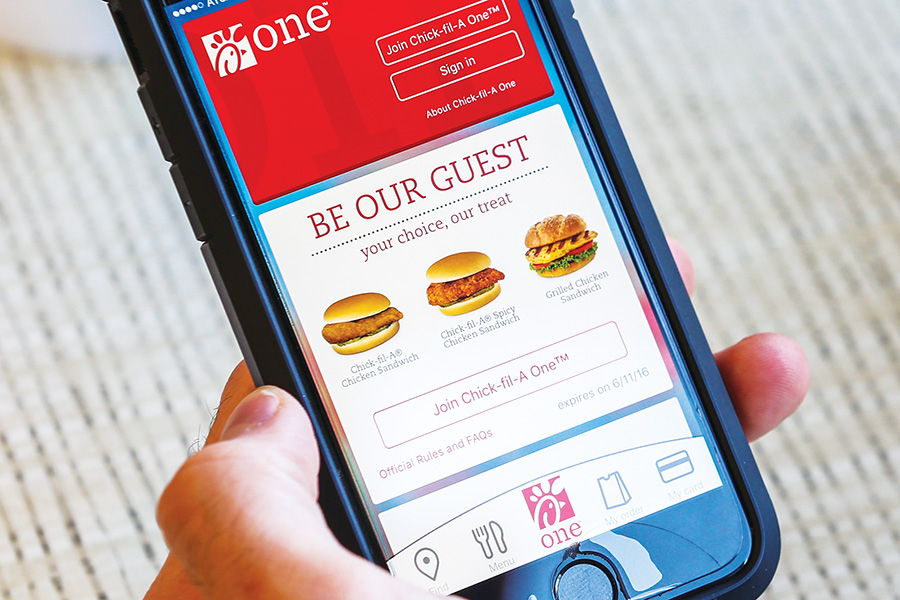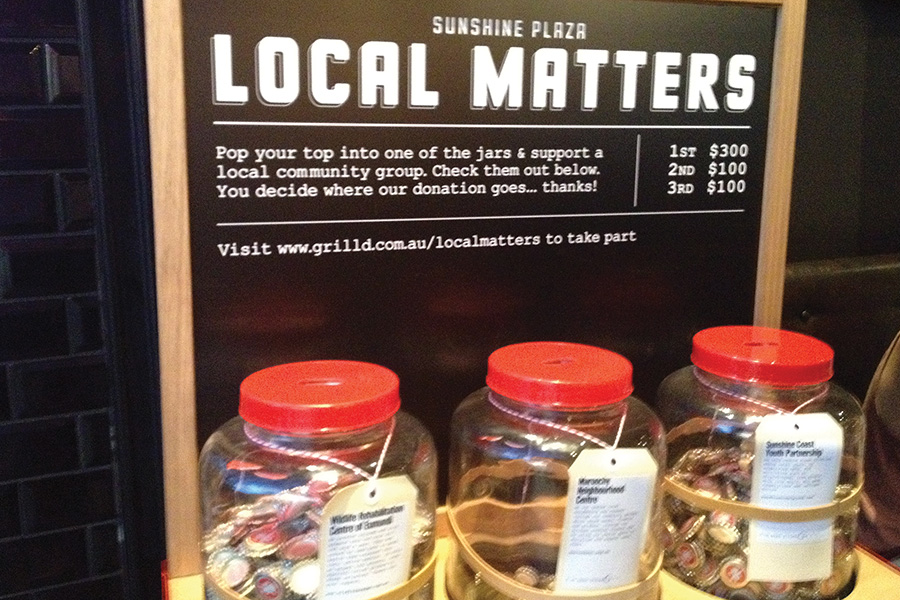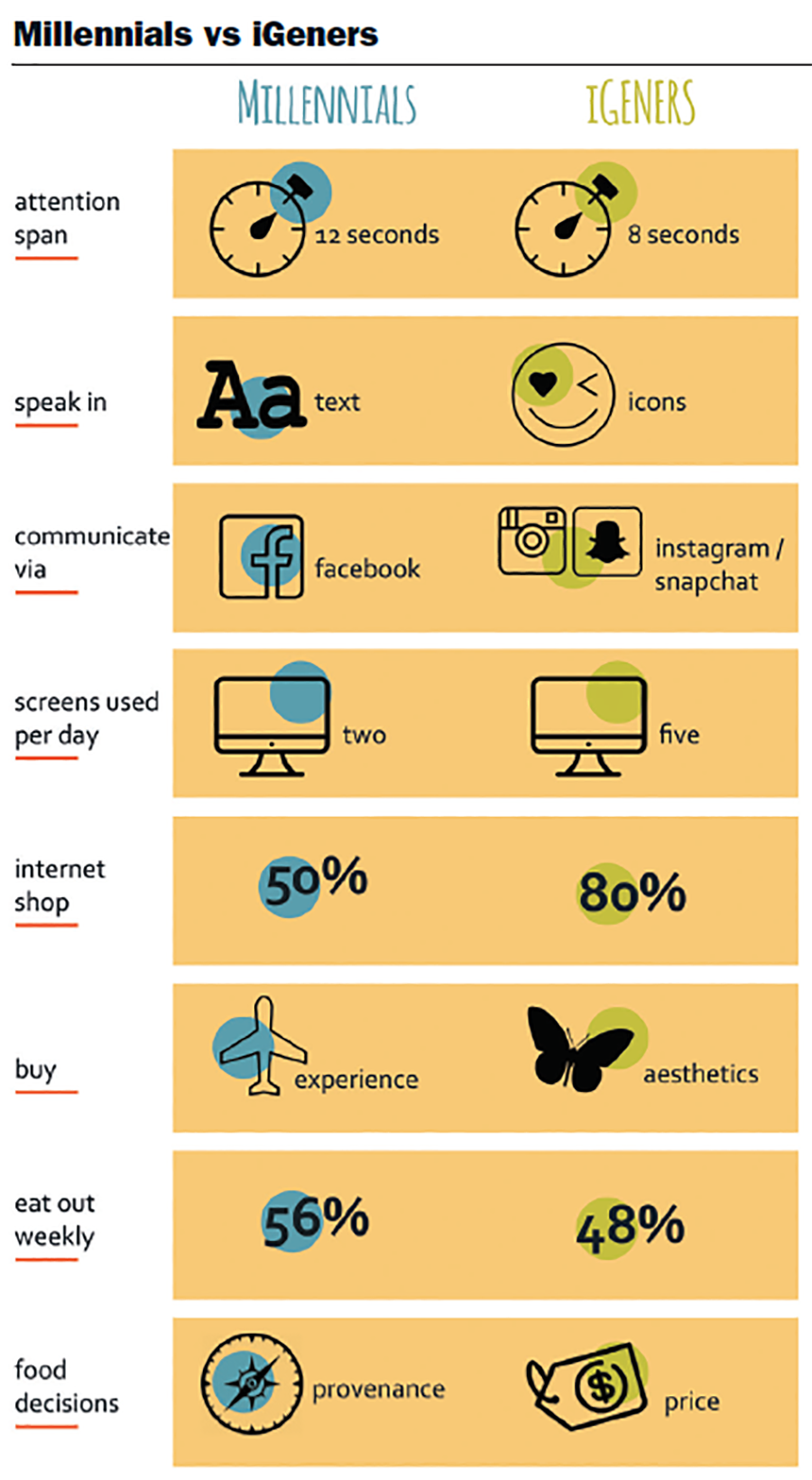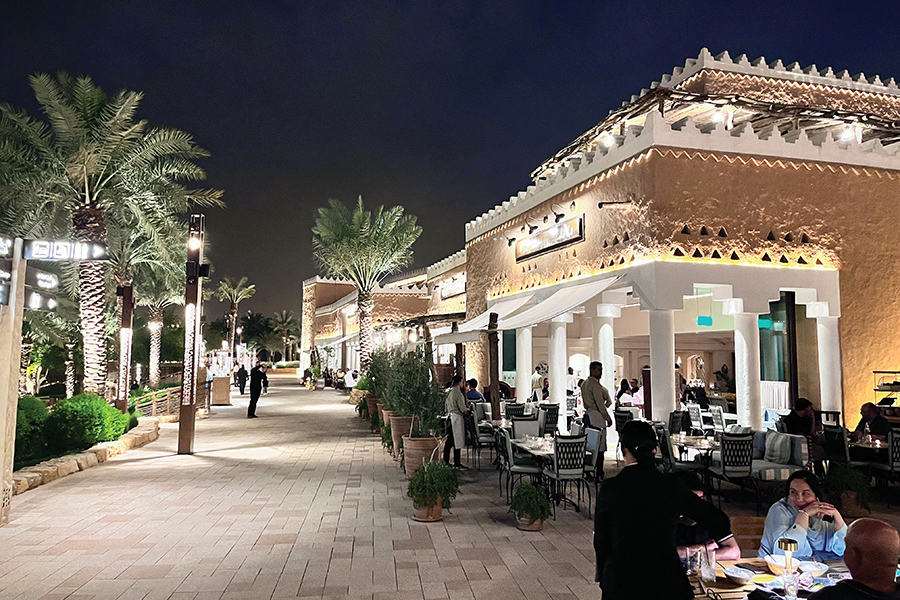The iGeners are here and in force – they’ve joined the Millennials and, more to the point, they’re influencing our centres. iGeners don’t remember a time before the internet; they weren’t around! How do we communicate, supply and cater to them? In the area of F&B, the changes will be dramatic…
Meet Josh – the most feted F&B customer for the past decade. Nearly 30, Josh is well educated, is employed full-time in a professional service and rents close to the CBD. He’s unlikely to own a home anytime soon because (according to celebrity demographer Bernard Salt) he spends his life savings on smashed avo on toast. FYI – Josh was the 4th most popular name given to Millennials after Mike, Chris & Matt).
Now Josh and his cohort (born roughly between 1980 – 2000) have been solidly driving growth in food catering post the GFC. Their legacy has been a trading down from stuffy formal dining to casual dining and trading up from homogenised food courts to individualised quick serve restaurants. In the after work stakes, Millennials have also shunned tap beers in favour of craft brews and artisan gins. In the latest ABS household expenditure survey (2017), Millennials overtook Baby Boomers with the largest out-of-home spend on food catering, topping $100 a week.
As a result, there’s been a corresponding surge in the CBDs to convert retail space to food catering uses, with Sydney and Melbourne floor space surveys show 40-50% of retail uses now attributable to some form of food, liquor or hospitality use.
BUT, come 2020, we welcome what will become our largest consumer group, to the workforce – the iGen (born around 1995 onwards) and if you think the next generation will follow the previous generation in their eating behaviours consider the lyrics of Mike and the Mechanics’ “Living Years” #1 hit. The opening verse alone says it all
Every generation
Blames the one before
And all of their frustrations
Come beating on your door
iGeners and Millennials, like every other preceding and proceeding generation, will cast off the values and traditions of their older siblings. iGeners are the first generation to be digital natives. They don’t remember a time before the internet. Here’s a few ways the two generations differ;
Having formative years around the 9/11 and GFC time, and being raised by helicopter parents, iGeners are more conservative than Millennials. Less risk takers and more team players. They want to fit in globally and seek peace and equality.
So when planning how long to extend food catering leases or re-furbish office tower retail in the next few years, here are some trends we recommend you incorporate into the F&B strategy – and trust us, it’s not about doing more of the same!
1. Communicate in pictures
An eight second attention span needs five words and a big picture to be understood by iGeners. Time to re-think communication and marketing strategies for food halls and dining precincts and become more Instagram and Snapchat based than Facebook. Given that this next generation will also be more price sensitive then time sensitive, it’s likely that promoting specials using a medium like Snapchat will become a more powerful marketing medium than Facebook or a TV commercial.
Less words, more pictures also has an impact on the ubiquitous food court menu board. Digital menuboards using beautiful imagery to appeal to the visual and aesthetic nature of the iGen cohort should become mandatory. Developing a powerful suite of icons to describe menu values like vegan, low carb, ethically sourced etc will give you an edge.
2. Eradicate ‘regular’ sizes
Once you understand the implications of a shortening attention span and apply it to food, then you can start to envisage the next generation struggling to sit down long enough to eat lunch – they will only have one free hand anyway as they swipe and tap their devices so hand-held and snack foods will take over from the traditional ‘main course’ offerings dominating current quick serve and food court menus. At the same time, the desire to connect with the ‘tribe’ means oversized share plates will also play an important role.
3. DIY Poke
Customisation will gain greater momentum but as price becomes the strongest decision point for iGeners, self service from the Baby Boomer generation will return – this time in a more aesthetically pleasing form than greasy spoon cafeterias of the 1960s. Remember the MYO sandwich brand – it’s poised for a revival. As is the grab’n’go model being trialled by Amazon – on-trend food delivered cheaper by removing the service element. For those Baby Boomers reading this article, this is exactly the revolution that occurred when McDonald’s created the service model of ordering and paying at the counter compared to the previous generations’ model of the diner where service staff brought your meal to you. It’s a case of ‘everything old is new again!’
4. Support a cause
iGen are seeking a cohesive and equal world. Support projects that make progress in this realm. Where food caterers have sought loyalty from customers in the past (how many coffee rewards cards do you have?) iGens want operators to be loyal to them – supporting causes important to them is a great way to do this.
5. Promote privacy not just community
Bill Granger first got us to shed our insecurities at his classy cafe in Sydney’s Eastern suburbs in the 1990s when he introduced the communal table. That communal table is now the norm in any restaurant, food hall or dining precinct floorplan that passes through this office daily. The new generation will still gather but part of that gathering will be about anonymity – hiding in the herd, so to speak. It’s easy to check your Snapchat regularly when you’re in a party of ten rather than on a date, so communal tables will make it through the generational transition. The bi-furcation will happen though as iGeners’ preference for visual and audible information (podcasts, videos). compared to reading, grows. As this transference occurs, they will require more private places as well. We’re predicting office planning will in fact start to revert away from co-working spaces to more private booths and this will also transpire into common seating zones in dining locations too where booths, dividers and privacy screens will return to the mix.
Diversify or dwindle
The iGeneration is on track to become the largest consumer group in the coming decade. It’s time to stop #hashtagging and embrace what is sometimes called the salad generation. These multi-cultural, tech savvy, risk adverse customers are coming to a CBD near you soon and they want a new food experience!























